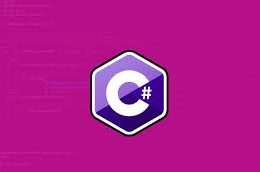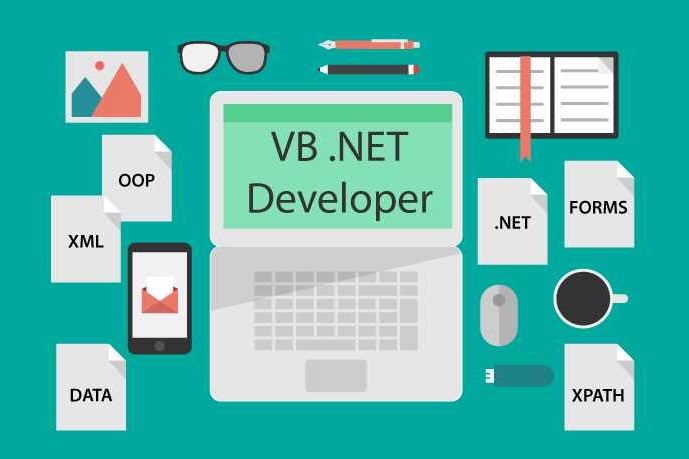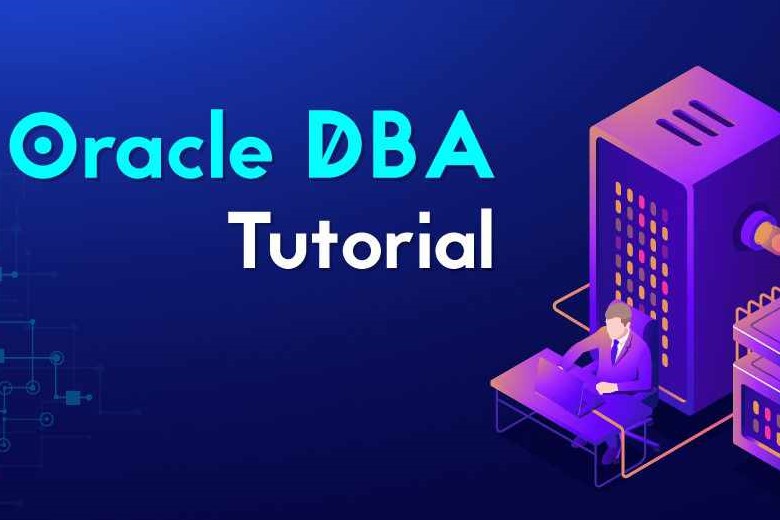Course Information
- Course Price $250
- Total Students 800+
- Course Duration 4 Weeks
Description
This course is framed to offer students with the knowledge and skills required to maintain a Microsoft SQL Server database. The course concentrates on teaching students how to use SQL server product features and tools pertinent to maintaining a database. SQL Server 2017 is the latest at the time of this writing. However, SQL Server 2016 is still a pretty compelling installation.
Benefits
- MS SQL skills are used for database development, support and administration
- MS SQL Server offers value added services besides the fundamental database management system
- These services initiate either as a part of some SQL Server element or out of process as Windows Service.
Syllabus
- Outlining SQL as the cornerstone of database activity
- Applying the ANSI/ISO standards
- Describing the fundamental building blocks: tables, columns, primary keys and foreign keys
- Creating tables and columns
- Building tables with CREATE TABLE
- Modifying table structure with ALTER TABLE
- Adding columns to an existing table
- Removing tables with DROP TABLE
- Guaranteeing uniqueness with primary key constraints
- Enforcing integrity with foreign key constraints
- Imposing business rules with check constraints
- Enabling and disabling constraints
- Removing constraints with ALTER TABLE
- Expediting data retrieval with indexes
- Recommending guidelines for index creation
- Modifying table contents
- Adding table rows with INSERT
- Changing row content with UPDATE
- Removing rows with DELETE
- Atomic Consistent Isolated Durable (ACID) rules
- Controlling transactions with COMMIT and ROLLBACK
- Retrieving data with SELECT
- Restricting rows with the WHERE filter
- Sorting the result with ORDER BY
- Handling NULL values in expressions
- Avoiding NULL value pitfalls in filter conditions
- Applying the ANSI/ISO standard join syntax
- Matching related rows with INNER JOIN
- Including nonmatched rows with OUTER JOIN
- Creating a Cartesian product with CROSS JOIN
- Stacking results with UNION
- Identifying matching rows with INTERSECT
- Utilizing EXCEPT to find nonmatching rows
- Processing data with row functions
- Conditional formatting with the CASE expression
- Utilizing the CASE expression to simulate IF tests
- Dealing with NULL values
- Summarizing data using SUM, AVG and COUNT
- Finding the highest/lowest values with MAX and MIN
- Defining the summary level with GROUP BY
- Applying filter conditions with HAVING
- Applying subqueries in filter conditions
- Correlated vs. noncorrelated subqueries
- Testing the existence of rows
- Placing subqueries in the column list
- Creating complex expressions containing subqueries
- Handling subqueries that return no rows
- Breaking down complex problems
- Selecting data from a query result set
- Subqueries in the FROM clause
- Creating views in a database
- Building reusable code
- Editable vs. non-updatable views
- Resource file creation







